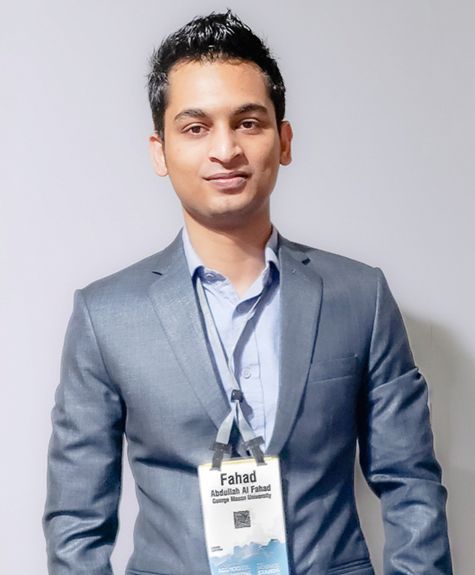Early Career Scientist Spotlight
Dr. Abdullah Al Fahad (he/him/his)
Climate Physicist
Global Modeling and Assimilation Office (610.1)
What inspired you to pursue a career in climate dynamics?
During high school, physics and chemistry were my favorite subjects. When I applied for my undergraduate degree, I had an opportunity to choose between these two subjects, and I decided to learn more about physics. Growing up in Bangladesh, I was very familiar with severe storms and natural disasters associated with weather and climate. Bangladesh is one of the top countries that gets hit by destructive tropical cyclones every year. To make matters worse, the Intergovernmental Panel on Climate Change (IPCC) fourth assessment report (AR4), which reported devastating climate change projections for lowland countries like Bangladesh, was released when I was graduating high school. This motivated me to do my undergraduate research project on climate physics, although my school didn’t offer any meteorology courses. During my research, I realized climate change is the biggest challenge our generation will face in the coming years, and we need more active research in this field.

Credit: Dr. Natalie Burls
Tell us about the research project you are currently working on.
My current project at Goddard focuses on developing and analyzing a novel prototype, property-conserving, ocean-ice-atmosphere model and data assimilation system based on the Goddard Earth Observing System Model (GEOS) in conjunction with the adjoint-model capabilities of the Massachusetts Institute of Technology general circulation model (MITgcm). The resulting data assimilation system and an inferred solution will be used to study inter-annual to decadal climate prediction and predictability in the coupled ocean-atmosphere system.
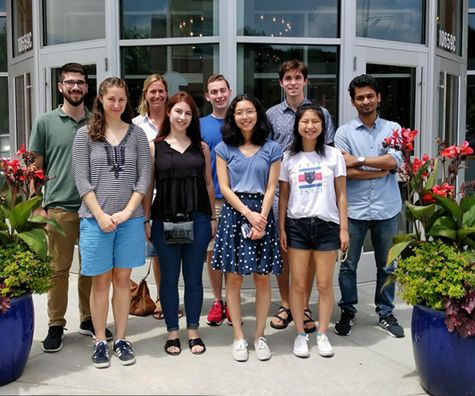
Credit: Dr. Natalie Burls
How did you end up working at NASA Goddard?
At the end of my Ph.D. I started looking for my next challenge that was relevant to my experience. At the same time, I was also looking for an interesting new field of research that would expand my expertise. I saw an advertisement for a position to develop a new system that would produce seasonal to decadal climate predictions using a novel approach by Dr. Andrea Molod (NASA GSFC) and Dr. Dimitris Menemenlis (NASA JPL) that perfectly fit my criteria.
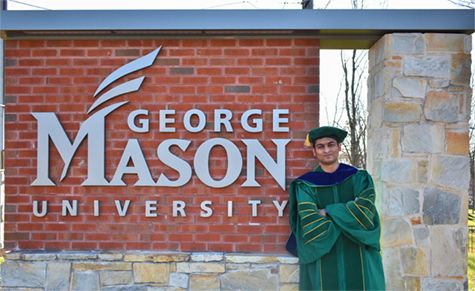
Credit: Margia Ahmed
What science question intrigues you the most?
Off the top of my head, I can think of several science questions that are quite intriguing to me. I want to mention one of them that is related to my current research at Goddard. How much we can keep improving our weather and climate predictions over the years using numerical climate models? Due to the atmosphere’s chaotic nature (known as the Butterfly effect), it was thought to be impossible to make any kind of meaningful weather and climate predictions when we started using computer models to predict the weather. A combination of a better understanding of the physical mechanisms, improved computer capacity and processing power, and better initial conditions from satellites made it possible to improve weather and climate predictability throughout the last few decades. We went from 55% prediction accuracy of 5-day weather forecast to 90% prediction accuracy in the 2010s, which is a massive improvement. Now our research focuses on improving predictions of weather and climate from seasonal to a decadal time scale. This was very hard to imagine even a couple of decades ago.
What skills are most useful to you in your work, and where did you develop those skills?
A major part of my research work is analyzing large-scale datasets, applying statistical analysis, and developing & running numerical climate models. Learning programming languages is necessary to complete all these tasks. I use programming languages such as Python, MATLAB, and GrADS; climate models such as NASA GEOS and MITgcm; and a variety of statistical tools including machine learning. Using programming languages to analyze data is a core part of my research, however, I never had an opportunity to take any computational courses in my degree. I was interested in UNIX command systems & bash scripting, and I taught myself MATLAB during my undergrad. Later, I became interested in the vast, open-source library of Python which I taught myself during the first year of my Ph.D. I also created a Python library called “AOESpy” for my students so that they can easily use Python modules to analyze, apply statistical tools to, and plot climate data. So far, researchers from 11 international institutions have used this software package. I started learning about numerical models during my undergraduate studies. As we didn’t have any atmospheric science lab in my undergraduate school, I took an online course to learn how to set up and run the “Weather Research and Forecasting” (WRF) model by myself. Numerical climate models require significant computer processing power and, generally, scientists run them on a supercomputer server. Due to the lack of a supercomputer, I used multiple personal computer processors, connected them using LAN, and used the system to run the WRF model. Nowadays almost all technical details are available online, or we can get answers from expert forums. If anyone is interested to learn these skills it is relatively easy to do by taking free online courses and using free open-source software.

Credit: Dr. Natalie Burls
Who motivates and inspires you?
My parents, Ahmed Ali and Fatema Ahmed, always inspired me to keep working on things that interested me. My Ph.D. advisor, Dr. Natalie Burls, and my current Primary Investigator (PI), Dr. Andrea Molod, are major sources of inspiration and motivation to work in my field. At some point in my undergraduate studies, I was having a hard time focusing on the physical sciences. One day, a random video of Dr. Michio Kaku came on my YouTube home where he was talking about dark matter, and he said that young physicists should be more involved in physics now than ever, as a significant part of the universe remains undiscovered and uninvestigated. Although my current work is different now, Dr. Michio Kaku helped me to get back to the field of research. Currently, in my field of work, Dr. Syukuro Manabe (2021 Nobel prize winner in Physics) is a major source of inspiration who pioneered numerical climate modeling to study climate and climate change. Finally, my wife, Margia Ahmed, always keeps me motivated and inspires me to keep working on things that I am interested in, and she also is a fantastic fine artist.
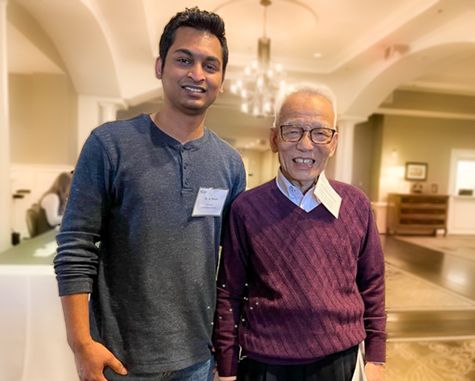
Credit: Dr. Debanjana Das
Tell us about a unique or interesting component of your work-life balance.
I always had trouble managing time and balancing my work versus personal life. During my undergraduate studies, I got accustomed to a bad habit of working late at night when I felt most productive, which also extended to my Ph.D. work. I used to pull late-night work a couple of days each week to finish my “less” fun tasks so I could do some non-relevant “fun” work the rest of the days to keep myself from getting burnt out. However, nowadays I try to work 9-5 during the day and keep my evening and nights open to balance my work life. Although, whenever a deadline approaches, my work still stretches to the weekend sometimes.
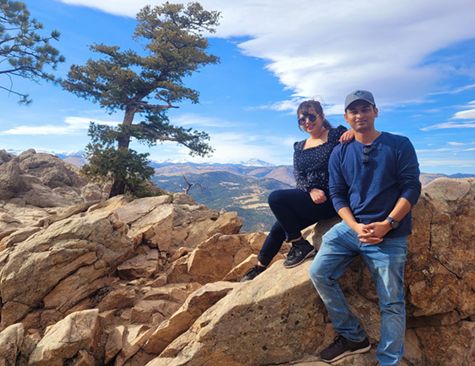
Credit: Margia Ahmed
Biography
Home Town:
Sunamganj, Bangladesh
Undergraduate Degree:
Bachelor’s in Physics, Shahjalal University of Science & Technology, Sylhet, Bangladesh
Post-graduate Degrees:
Ph.D in Climate Dynamics, George Mason University, Fairfax, VA
